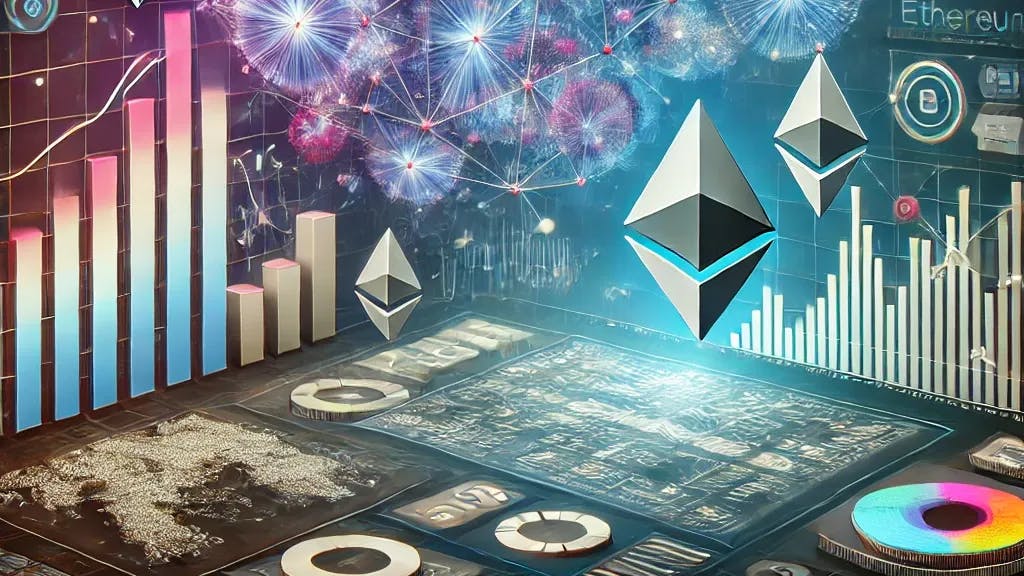If 2023 was the year of AI fervor, following the late-2022 release of ChatGPT, 2024 was marked by a steady drumbeat of advances as systems got smarter, faster, and cheaper to run. AI also began to reason more deeply and interact via voice and video—trends that AI experts and leaders say will accelerate. Here’s what to expect from AI in 2025.
More and better AI agents
In 2025, we’ll begin to see a shift from chatbots and image generators toward “agentic” systems that can act autonomously to complete tasks, rather than simply answer questions, says AI futurist Ray Kurzweil. In October, Anthropic gave its AI model Claude the ability to use computers—clicking, scrolling, and typing—but this may be just the start. Agents will be able to handle complex tasks like scheduling appointments and writing software, experts say. “These systems are going to get more and more sophisticated,” says Ahmad Al-Dahle, Meta’s VP of generative AI. Jaime Sevilla, director of AI forecasting nonprofit Epoch AI, envisions a future where AI agents function as virtual co-workers, but says that in 2025 AI agents will be mostly about their novelty. Melanie Mitchell, a professor at the Santa Fe Institute, warns that agents’ mistakes could have “big consequences,” particularly if they have access to personal or financial information.
Read More: How the Rise of New Digital Workers Will Lead to an Unlimited Age
A national-security priority
Governments will increasingly view AI through the lens of national security, says Dan Hendrycks, director of the Center for AI Safety: “It’s how many of the big decisions about AI will be made.” The US has curbed China’s access to critical chips, while Meta and Anthropic have forged closer ties with US intelligence agencies by allowing them to use their AI models. “Political developments around the world are pointing us in the direction of continued competition,” says the UN Secretary-General’s envoy on technology, Amandeep Singh Gill, emphasizing the need to preserve “pockets of collaboration” between the US and China.
Read More: How the Benefits—and Harms—of AI Grew in 2024
Governance races to catch up
While developers compete to build ever-smarter systems, governments around the world are racing to regulate them. The EU leads with its AI Act. Its Code of Practice, set to be finalized by April and enforced from August, is one of the first laws targeting frontier AI developers, and many of the EU requirements will likely have global impact on how companies operate, unless they opt to take distinct approaches. in different markets, says Markus Anderljung at the Center for the Governance of AI. In the US, where more than 100 bills have been brought to Congress, Anderljung predicts “very little will happen” federally this year, though states may act independently.
Facing the investment test
The year ahead “will be a year of reckoning,” Rumman Chowdhury, CEO of Humane Intelligence, tells in an email. “With billions invested, companies now have to show consumer value.” In health care, that value seems clear—for example, additional AI diagnostic tools are expected to gain FDA approval, and AI may also prove useful in discovering and monitoring the long-term impact of various drugs. But elsewhere, the pressure to demonstrate returns may create problems. “Because of the pressure to make money back from all these investments, there might be some imposition of flawed models on the Global South,” says Jai Vipra, an AI policy researcher, noting these markets face less scrutiny than Western ones. In India, she points to trends in automating already exploitative jobs like call-center work as a source of concern.
AI video goes mainstream
In December, Google and OpenAI released impressive video models. OpenAI’s Sora launch was plagued by access delay, while Google’s Veo 2 was released to select users. Sevilla expects video-generation tools to become more widely accessible as developers find ways to make them cheaper to run. Meta’s Al-Dahle predicts video will also become a key input for AI, envisioning a not-too-distant future in which systems analyze video from smart glasses to offer real-time assistance across various tasks, like fixing a bike.









